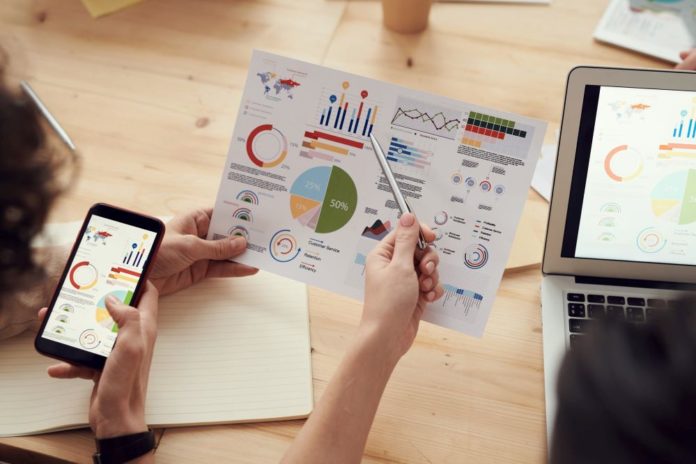Negosentro | 10 Techniques Every Business Data Analyst Should Know | Any business analytic tool should have the purpose of analyzing data and extracting actionable and commercially critical information that they can use to improve results or performance. However, with so many tools to choose from, it can be tough to know which ones to use and when.
It could be helpful to take a look at some of the most popular analytics tools available today and how they can be applied to your company.
-
Visual Analytics
Data can be evaluated in a variety of ways, the most basic of which is to build a comprehensive data wrangling cheat sheet or graph and examine it for trends. Data analysis, data visualization, and human engagement are all part of this integrated strategy. It comes in handy when you’re attempting to make sense of a large amount of data.
-
Regression Analysis
Is there a causal relationship between pricing and product demand? Regression analysis is a statistical tool for exploring the relationship between variables. It’s useful if you think one variable influences another and want to see if your hypothesis is correct.
-
Data Mining
This is an analytic technique for examining data, typically massive business-related data sets (also known as “big data”), in search of commercially significant insights, trends, or links between variables that might help improve performance. It’s especially beneficial when dealing with enormous data sets from which you need to extract insights.
-
Mote Carlo Simulation
The Monte Carlo Simulation is a quantitative problem-solving and threat assessment technique that uses computerized simulations of random variables to approximate the probability and risk of particular events. It’s helpful if you want to learn more about the consequences and ramifications of a specific course of action or decision.
-
Neural Network Analysis
A neural network is a digital program that is fashioned after the human brain and can comprehend large amounts of information and recognize patterns in the same manner that people can. The practice of studying the mathematical modeling that makes up a neural network is known as neural network analysis. If you have a lot of data, this strategy is quite useful.
-
Correlation Analysis
This is a statistical technique for determining whether or not there is a correlation between two variables and, if so, how intense that relationship is. It’s particularly effective when you “know” or “think” that two variables have a link and want to put your theory to the test.
-
Scenario Analysis
Scenario analysis, otherwise known as horizon analysis or total return analysis, analyzes a number of future events or scenarios by examining potential outcomes. When you’re not sure which path to take or which decision to make, use it.
-
Text Mining
Text analytics, often known as text mining, is the process of extracting value from vast amounts of unstructured text data. Pattern recognition, information retrieval, information extraction, tagging and annotation, sentiment evaluation, and predictive analytics are just a few of the applications.
-
Image and Video Analytics
The practice of extracting information, meaning, and insights from images such as photographs, medical imaging, or graphics is known as image analytics. Pattern recognition, digital geometry, and signal processing are all used prominently in the process. Image analytics may be used for a variety of reasons, including facial recognition for security.
The practice of extracting information, meaning, and insights from video footage is known as video analytics. It can do everything image analytics can, plus it can track and measure behavior. It could be useful if you wanted to learn more about who comes to your store or office and what they do when they arrive.
-
Cohort Analytics
This is a type of behavioral analytics that allows you to track a group’s behavior over time. It’s especially important if you’re trying to figure out how a set of stakeholders, such as consumers or employees, behave.
Data analysis is an important part of modern business. Mastering these techniques can help boost your company to the top of its field.














